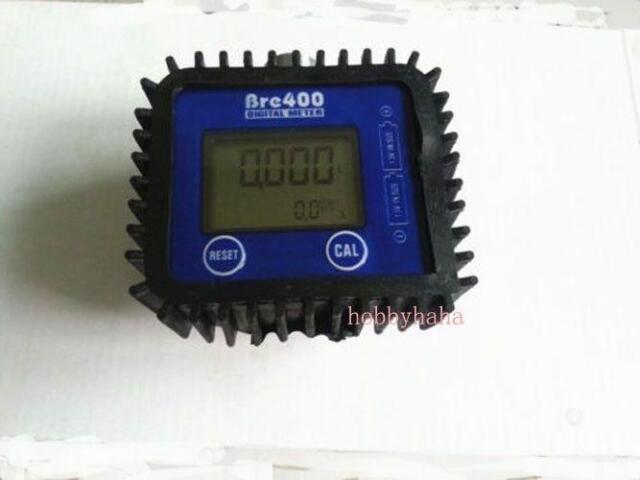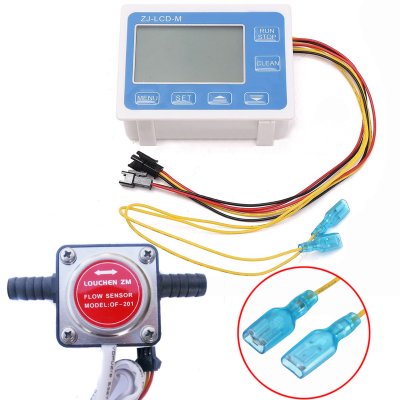Simi 60
Guru
- Joined
- Jul 1, 2016
- Messages
- 5,482
- Location
- Australia
- Vessel Make
- Milkraft 60 converted timber prawn trawler
I would love to advance past the measured sight glass and guesstimate method to work out our fuel burn but am not prepared to spend $1000 to do it as once I have the numbers I would not use it again.
But I would spend $100
After my success getting a $20 engine water/oil temp alarm on eBay I thought I would try the same for fuel and found these.
This one has 1/2inch fittings rated for diesel for $70

This one has 1/2inch fittings rated for diesel for $55

I would need one on the low pressure side of fuel to engine
And one on the fuel return to tank.
Both easily accessible and fitted on ours.
At start of run set both to zero
Run for an hour at 1000rpm
Subtract one reading from the other and that's usage at that speed
Repeat for 1050, 1100, 1150 etc
Thoughts?
But I would spend $100
After my success getting a $20 engine water/oil temp alarm on eBay I thought I would try the same for fuel and found these.
This one has 1/2inch fittings rated for diesel for $70

This one has 1/2inch fittings rated for diesel for $55

I would need one on the low pressure side of fuel to engine
And one on the fuel return to tank.
Both easily accessible and fitted on ours.
At start of run set both to zero
Run for an hour at 1000rpm
Subtract one reading from the other and that's usage at that speed
Repeat for 1050, 1100, 1150 etc
Thoughts?


